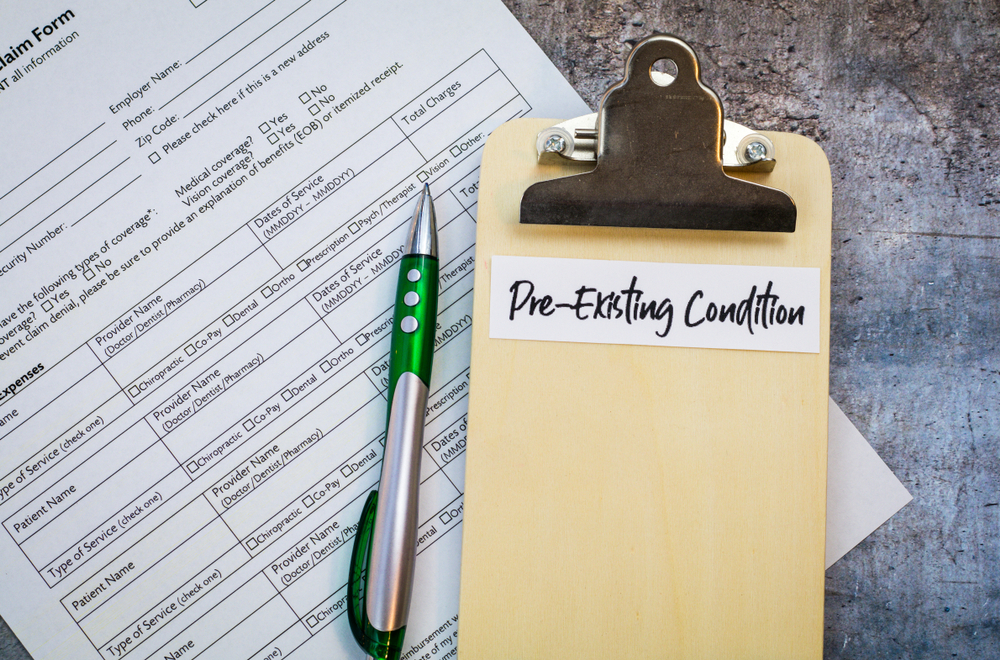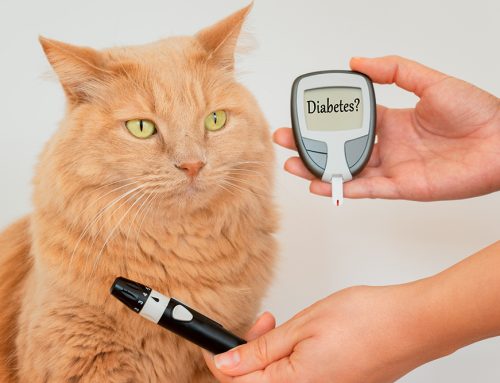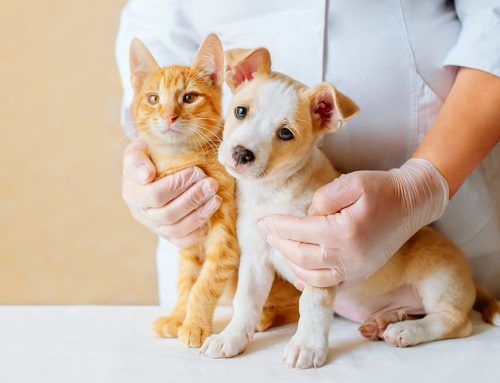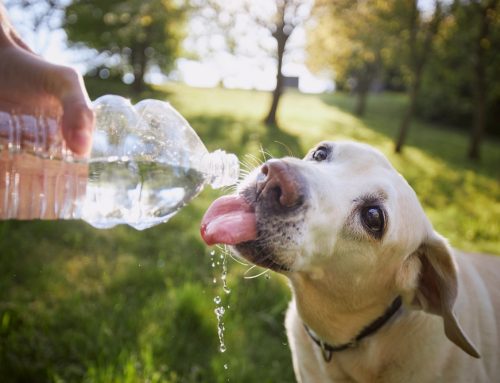Quality veterinary care, especially for emergencies, can be expensive, and you may be considering pet insurance to offset the costs. The right pet insurance policy can save you thousands of dollars in veterinary expenses, but with so many options, selecting the best plan for you and your pet can feel overwhelming. Our team at Star of Texas Veterinary Hospital recommends that you ask the following six questions before choosing a pet insurance policy.
#1: Is my pet eligible for coverage?
When you begin researching an insurance plan, find out whether your pet qualifies. Most pet insurance companies cover pets as young as 8 weeks old, but may rule senior pets ineligible for first-time enrollment, or restrict them to certain coverage plans. If your pet has a health problem, most pet insurance companies will consider this a pre-existing condition and refuse coverage. Some companies will not cover dog breeds they deem “aggressive,” so ensure you determine whether coverage for your dog’s breed is available. Once you know which plans will cover your pet, you should review their coverage options and deductible amounts, to decide which policy makes the most sense for you and your pet.
#2: What coverage options are available for my pet?
Not all pet insurance plans are the same, and you will have to research your options to understand the benefits. Most pet insurance companies offer the following plan types:
- Accident-only coverage — As you may have guessed, this plan type covers only injuries or conditions considered accidental (e.g., broken bones, foreign-object ingestion). Accident-only policies do not cover medications, vaccinations, or routine examinations. However, emergency trauma care can be expensive, and this option ensures your plan covers the costs of the care your pet needs when the unexpected happens.
- Illness and accident coverage — This plan type is more comprehensive, and usually covers the costs of diagnosis and treatment for conditions such as cancer, endocrine disorders, and some orthopedic injuries.
- Wellness coverage — Pet insurance companies offer wellness riders that you can add to most accident and illness plans. These riders may cover preventive services, such as:
- Annual wellness exams
- Vaccinations
- Routine blood work
- Spay and neuter procedures
- Dental cleanings
- Flea, tick, and heartworm prevention and testing
Understanding coverage options and considering your pet’s medical history will help you choose the most cost-effective plan.
#3: How do pet insurance companies reimburse claims?
Pet insurance companies offer one of two claims payment methods.
- Direct pay — Some pet insurance companies make full or partial payments directly to the veterinarian, so you do not have to pay out of pocket or file a reimbursement claim.
- Reimbursement — Other pet insurance companies require policyholders to pay their provider in full and file a reimbursement claim. You submit your claim to the insurance company, which then processes the claim, and transfers the reimbursement to you via direct deposit or check.
Most pet insurance companies process a claim in 10 working days.
#4: When is the best time to purchase pet insurance?
The best time to buy pet insurance is when your pet is young and healthy. Most pet insurance plans do not cover pre-existing conditions, and purchasing coverage for your young pet means your plan will likely cover future health conditions.
#5: How long will I have to wait until my pet insurance policy is effective?
Most pet insurance plans have a 14-day waiting period before you can file a claim. Some plans have shorter waiting periods for accident coverage than for illness coverage. Insurance companies consider health conditions that arise during the policy waiting period as pre-existing conditions, and will not cover those illnesses.
#6: Does pet insurance cover any pre-existing conditions?

Although most insurance plans will not cover chronic pre-existing conditions, they may cover some curable conditions after the pet has been symptom-free for a specific period. Before choosing a pet insurance plan, find out which pre-existing conditions your pet insurance company classifies as curable and incurable, to determine whether the plan covers your pet’s specific condition.
Researching and understanding your pet insurance options helps you choose the right plan that will help you focus on caring for your pet’s needs while mitigating costs. Our team is happy to provide more information about pet insurance at your pet’s next visit. Contact Star of Texas Veterinary Hospital to schedule an appointment.






